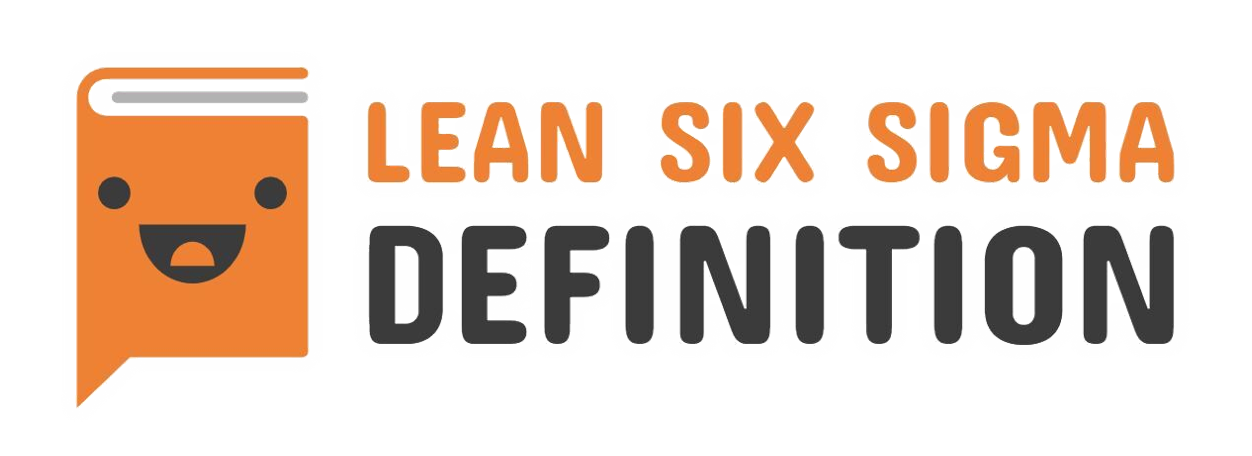Quality Circles

A small group of workers who do the same or similar work, who meet regularly and voluntarily on company time to identify, analyze and solve work-related problems using quality improvement techniques, most often using the seven quality tools. The goal is to get everyone in the company to participate in improvement.
The group is usually led by a supervisor or manager. The team works together with a trained and experienced facilitator in problem solving to investigate and analyze a problem in their work area, and presents its solutions to management. Whenever possible, workers implement the solutions themselves in order to improve the performance of the organization, which increases employee engagement. The true purpose of these circles is to develop workers into effective problem solvers, with the side benefit of achieving efficiency and quality gains in the process.
Quality circles were developed by Kaoru Ishikawa in the early 1960’s, and the approach was circulated through the Japanese industry by JUSE. It was most popular during the 1980s, but continue to exist in the form of Kaizen groups and similar worker participation schemes. Details of the approach are described in Ishikawa’s 1988 book, “What is Total Quality Control?: The Japanese Way” and the books, “Fundamentals of QC Circles” and “How to operate QC Circle Activities” published by the QC Circle Headquarters, part of Union of Japanese Scientists and Engineers (JUSE).
Nippon Wireless and Telegraph Company was the first company in Japan to apply Quality Circles in 1962. By the end of that year, there were 36 companies registered with JUSE who were using this approach. By 1978, the movement had grown to an estimated 1 million teams, involving over 10 million Japanese workers.
Quality Circle Institute (QCI) and the magazine Quality Circle Digest was founded by Donald L. Dewar in 1981. He had traveled to Japan while working for Lockheed and brought the concept back to the United States. QCI trained tens of thousands of facilitators and team leaders, specifically tools like brainstorming, Pareto analysis, cause and effect (fishbone) diagrams, flowcharting, histograms, and other basic SPC concepts.
Quality Circle Digest later became Quality Digest. He also founded the International Association of Quality Circles, which later became the Association for Quality and Participation. The AQP eventually merged with the American Society for Quality (ASQ).
Additional Resources
- Quality Circle– creativesafetysupply.com
- Total Quality Management And Kaizen Principles In Lean Management– kaizen-news.com
- Product Spotlight: Gauge Warning Film Circles– blog.creativesafetysupply.com
- 5 Kaizen Tools to Start Using– hiplogic.com
- Quality is a Matter of Customer Focus– lean-news.com
- Product Quality – How can it be better Controlled?– 5snews.com
- The Tools of Kaizen– blog.5stoday.com
- Indoor Air Quality at Work Matters– creativesafetypublishing.com
- Indoor Air Quality the Focus of New Global Alliance– safetyblognews.com

